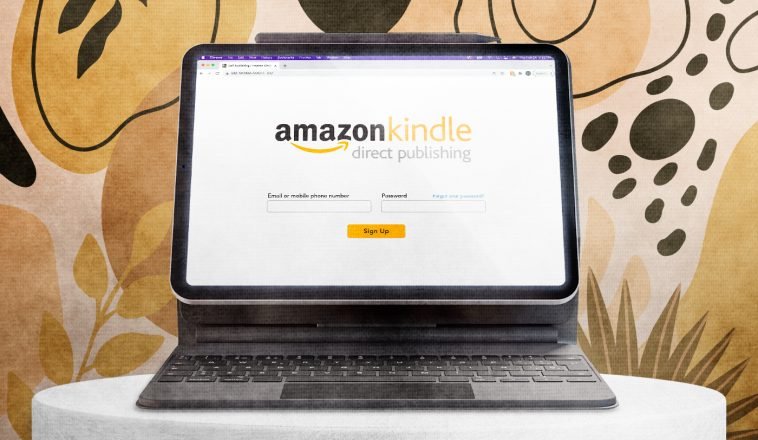Introduction.
Ever considered diving into the world of e-commerce? Or maybe you’re already a seasoned seller looking to boost your business?
If so, then Amazon FBA (Fulfillment by Amazon) could be a game-changer for you.
It’s a service offered by Amazon that takes care of pretty much everything after a customer clicks “buy” on your product listing. Let’s dive into the pros and cons of using Amazon FBA to see if it’s the right fit for you.
What are The Pros and Cons of Selling with Amazon FBA?
Selling products through Amazon’s Fulfillment by Amazon (FBA) program has become a popular choice for entrepreneurs and businesses seeking to tap into the thriving e-commerce market.
FBA offers a unique opportunity to reach a vast customer base, enjoy the convenience of Amazon’s fulfilment infrastructure, and focus on growing your business.
However, like any business model, there are both advantages and disadvantages to consider when selling with Amazon FBA.
In this article, we’ll explore the pros and cons to help you make informed decisions about your e-commerce venture.
Pros of Selling with Amazon FBA
1. Prime Eligibility.
One of the most significant advantages of using Amazon FBA is that your products become eligible for Amazon Prime, which can significantly boost your sales.
Prime members, who are known for their loyalty and propensity to spend, get free and fast shipping on FBA products.
2. Hassle-Free Fulfillment.
With FBA, Amazon handles all aspects of order fulfilment, including storage, picking, packing, and shipping.
This means you don’t have to worry about warehousing, packing materials, or shipping logistics. It frees up your time to focus on other critical aspects of your business.
3. Customer Trust.
Amazon is a trusted and globally recognized brand. Buyers tend to have confidence in products fulfilled by Amazon, leading to increased trust and higher conversion rates.
4. Global Reach.
Amazon has a vast international customer base. By using FBA, your products become accessible to customers worldwide, providing opportunities for global expansion.
5. Multi-Channel Fulfillment.
FBA enables you to fulfil orders from other sales channels, such as your e-commerce website or other platforms, using Amazon’s extensive logistics network.
6. Customer Service.
Amazon handles customer service for FBA products. This includes addressing customer inquiries, returns, and refunds, relieving you of these responsibilities.
Cons of Selling with Amazon FBA
1. Fees.
Using FBA comes with costs, including storage fees, referral fees, and fulfilment fees.
While you benefit from Amazon’s infrastructure, these fees can eat into your profit margins.
2. Limited Brand Control.
When your products are fulfilled by Amazon, you have limited control over the branding and customer experience.
Your products may be bundled with similar items, and you can’t include personalized marketing materials in the packages.
3. Competitive Environment.
Amazon is highly competitive, and it can be challenging to stand out among thousands of other sellers offering similar products. Price wars and pressure to lower prices are common.
4. Storage Fees.
Amazon charges storage fees based on the space your products occupy in their warehouses. If you have slow-moving inventory or excessive stock, these fees can add up.
5. Risk of Account Suspension.
Amazon has strict policies, and even minor violations can lead to account suspension. As an FBA seller, you must adhere to these rules, which can be stressful.
6. Inventory Challenges.
Accurate inventory management is crucial with FBA. Overstocking or running out of stock can affect your sales and rankings. Managing your inventory effectively can be complex.
Conclusion.
Selling with Amazon FBA can be a lucrative and efficient way to reach a broad audience and grow your e-commerce business. However, it’s not without its challenges.
The pros include access to Prime customers, hassle-free fulfilment, and global reach, while the cons encompass fees, limited brand control, competitive pressures, and account suspension risks.
Success with FBA often depends on a combination of strategic product selection, pricing, and marketing efforts.
Careful consideration of these pros and cons is crucial to making the most of this e-commerce opportunity and navigating the competitive world of Amazon FBA.






GIPHY App Key not set. Please check settings